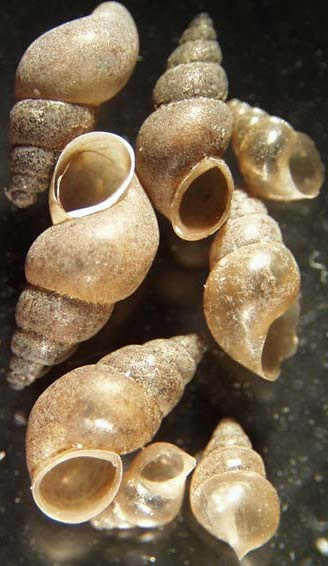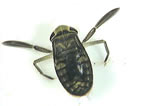
THE XERCES SOCIETY FOR INVERTEBRATE CONSERVATION Aquatic Invertebrates in Pacific Northwest Freshwater Wetlands |
| Identify taxa |
Snails
|
The snails include some of the most notorious invasive species in the Northwest as well as some of the most important native grazers. Most freshwater snails spend their time scraping algae off rocks or plants in springs, caves, wetlands, lakes and large rivers. A few species feed on the bacteria that live on dead organic material. Snails have a single shell that is generally coiled and elongated, but may also be a flat coil or a simple cone without coils. The body has of a muscular foot, which can be withdrawn into the shell aperture, and a distinct head with rasping teeth and long slender tentacles. Many types of snails have an operculum, a round or oval plate-like structure that fits over the aperture of the shell when the body is withdrawn. Snails are easily recognized as a class, but can be difficult to identify to species, and there is still some confusion among the experts as to how to tell them apart. For accurate identification, snails must be collected and preserved in a specific way so that the body is visible. When collected as part of a macroinvertebrate monitoring program, the body is always withdrawn into the shell, so identification is generally based on shell characteristics. However, there can be a great deal of variability among the shells of a single species. Snails in the families Lymnaeidae, Physidae, and Planorbidae are most likely to be found in wetlands of the Pacific Northwest, including several introduced snail species. Introduced Lymnaeidae and Viviparidae generally have shells with an extremely large final whorl and a large aperture (opening). Other snails range from very small to very large; clear to black; and slender to almost spherical. The keys and additional information in this guide should help highlight some commonly collected genera. Less common genera are omitted, which could generate possible misidentifications. See the literature references below for additional identification resources. A very useful online resource, the Field Guide to Survey and Manage Freshwater Mollusk Species (1999) from the U.S. Bureau of Land Management, U.S. Fish and Wildlife Service, and U.S. Forestry Service, can be found at www.blm.gov/or/plans/surveyandmanage/Field_Guide/Aquatic_Mollusk/Aquatic_Guide.pdf
|
|
| Key to Families | |||
| Physidae (left-handed snails) shell opens to the left when oriented with the apex pointing up and the aperture facing you; no operculum; shell whorls form a cone-like, bulging spiral |
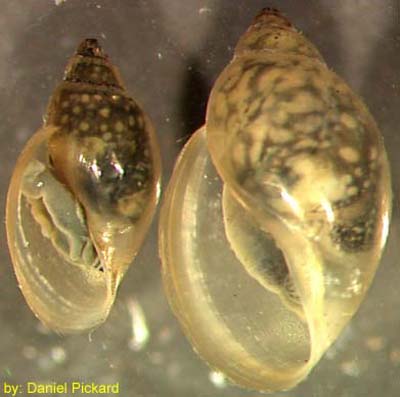 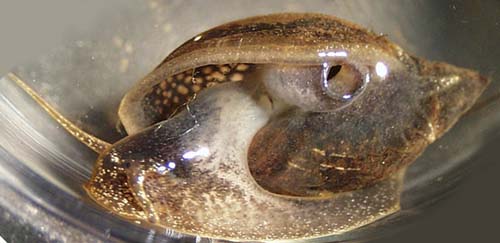 |
||
| Planorbidae (planorbid snails) no operculum; the coil of the shell is flattened laterally, not extended into a cone |
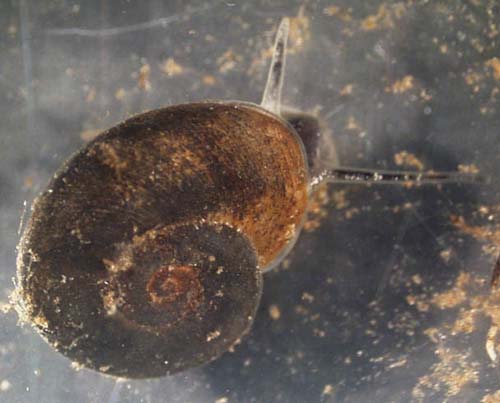 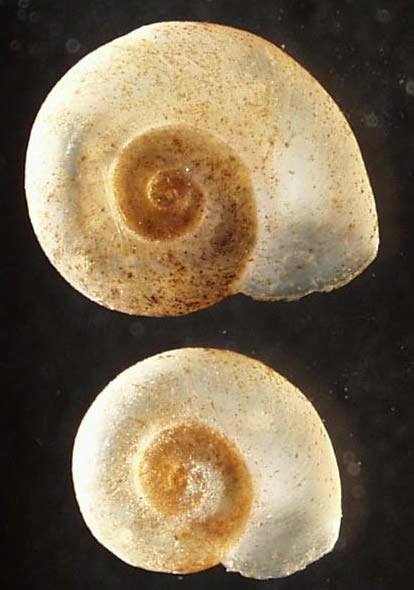 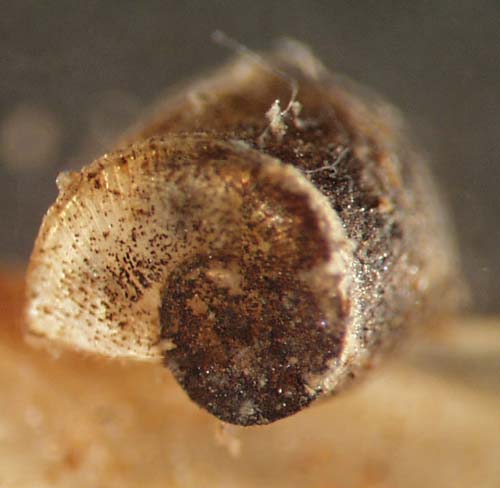 |
||
Lymnaeidae |
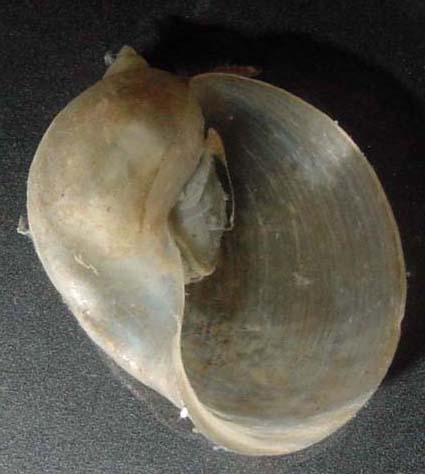 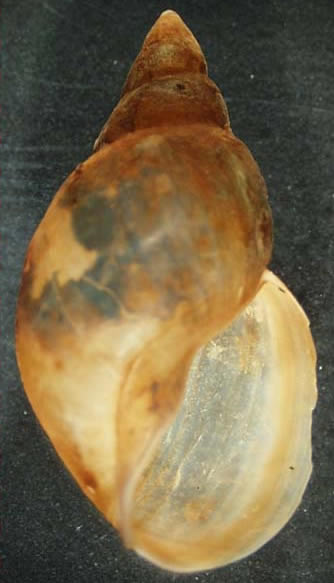 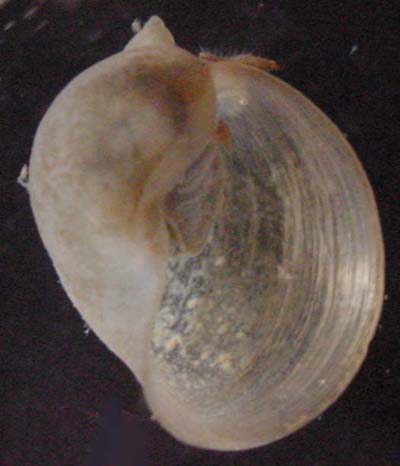 |
||
| operculum present; shell opens to the right when the apex is pointing up and the aperture faces you | 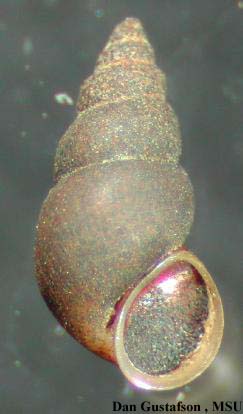 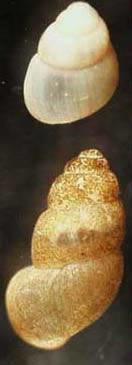 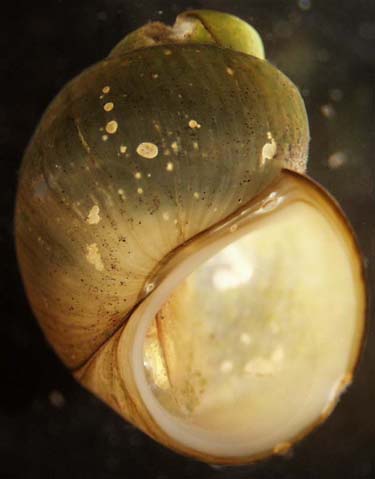 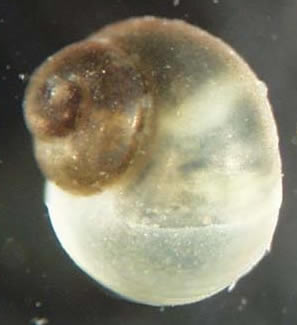 |
||
Snails uncommon in wetlands
|
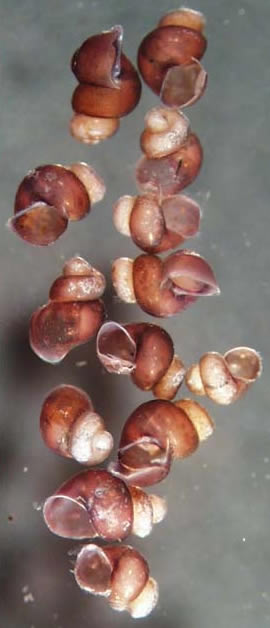 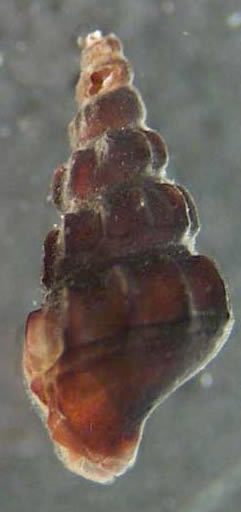 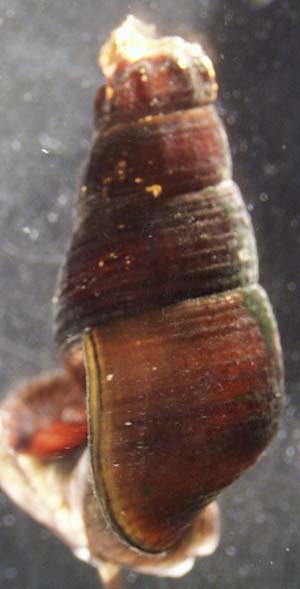 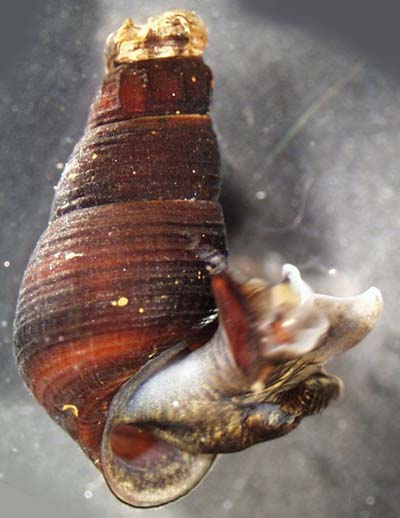 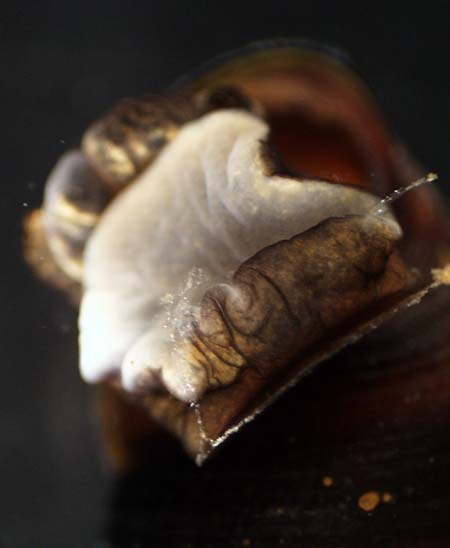 |
||
| Family
list: Hydrobiidae (pebble snails) Lymnaeidae (includes introduced species - pond snails) Physidae (left-handed snails) Planorbidae (planorbid snails) Pleuroceridae (rock snails) Thiaridae (introduced - melania snails) Valvatidae (valve snails) Viviparidae (introduced - mystery snails) |
© 2007 Xerces Society
Contact info@xerces.org
